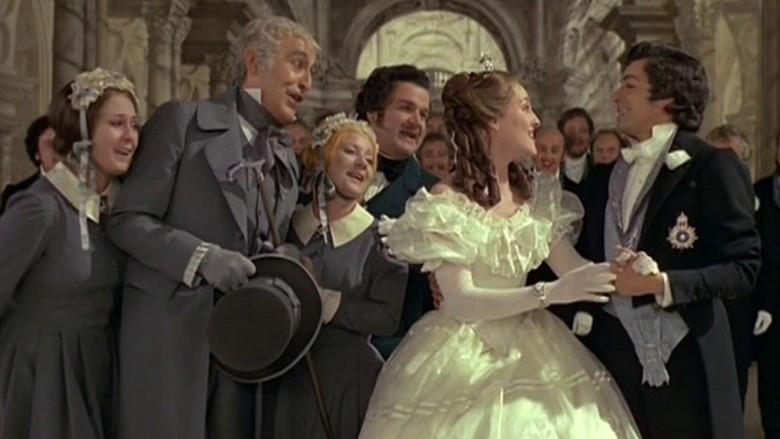Once upon a time there lived a girl called Angelina. Her wicked stepfather and stepsisters treated her as a servant and called her “Cenerentola” (“Cinderella”). One day, she met a prince. He loved her and she loved him. They married and lived happily ever after.
This is the story of Cinderella or, rather, a witty retelling of the classic fairy tale. “La Cenerentola,” the 1817 opera with a few comedic twists, was composed in less than three weeks by Gioachino Rossini.






